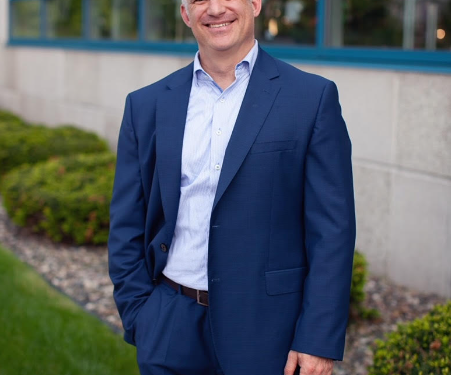By Lynn Garthwaite
9-3-09. 1507 hours:
“4828! Officer down!”.
Chuck Gollop didn’t hear those words. It was the voice of his partner speaking to the dispatcher, requesting an ambulance and back-up as Sergeant Gollop laid unconscious on the pavement, partially underneath his police-issued motorcycle.
“This was truly the day that changed my life more than any other,” Gollop would later say.More than a decade later some of the repercussions from that crash still linger. He suffered a punctured lung, eight broken ribs, a break in his lower spine, a broken collarbone, and third degree burns from where the hot engine of his motorcycle lay on his arm before his partner pulled it off. A broken mastoid (the bone right behind your ear) and the resulting subdural hematoma caused the most lasting problems.
Doctors diagnosed Gollop with a traumatic brain injury, which, more than any of the other injuries, presented the biggest hurdle in his goal of returning to police work.
Gollop wasn’t one of those typical kids who declares at the age of four that he’s “going to be a police officer” or “a firefighter.” In fact, before he put on a uniform, he did a pretty good job pushing buttons on the other side. He described his teen years as going from a mohawk wearer to a punk rocker. He once t-boned another car when leaving a parking lot too fast.
But at some point, he adopted an “If you can’t beat ‘em, join ‘em” attitude, realizing he wanted to make up for some of the cops he’d met in less than positive interactions. He admits he wasn’t a great kid, teetering right on the edge. But some really good cops influenced him, and he thought “Okay – I want to be that guy.”
On the day of the accident, Gollop was on motorcycle patrol with the Bloomington (MN) Police Department. He pursued the transition from patrolling in a squad car to motorcycle duty with earnestness, and trained rigorously. As the traffic sergeant on duty that day, Gollop responded to an accident with injuries. Two other units responded, all with lights and sirens, and on the city street, Gollop fell in behind a police pick-up truck answering the same call. A driver in the car in front of the police pick-up suddenly slammed on his brakes, which caused the officer in the pick-up to hit his brakes as well. Gollop said he only remembered a brief “I’m not going to make this” as he tried to veer his motorcycle away from slamming into the back of the pick-up.
Witnesses filled in the details of what happened next, reporting that Gollop’s motorcycle clipped the back corner of the truck. That crash sent him into a concrete median and then into the back of another motorcycle, whose driver stopped in a left turn lane. That driver also flew from his bike and ended up with a broken back.
In the ambulance he slipped in and out of consciousness, but he was told that the EMT’s immediately focused on his head injury. His helmet no doubt saved his life, but it flew off when his head hit the pavement. Later, in the emergency room, the doctors assessed all of his injuries, but focused primarily on the obvious head trauma. In all he spent 18 days in the hospital, treated by 13 specialists because of the different injuries, and then spent the next two months working through a variety of rehab therapies, including speech. Twelve years later, he still sees a hearing specialist because of the TMJ (lower jaw injury) resulting from the broken mastoid bone.
Two months at home was too much time to sit around, and Gollop lobbied to return to work. He will admit now he went back to work way too soon. “I was in a big rush to get back and prove something. I don’t absolutely regret it, because there were positives, but I certainly went back too early in a high-risk job, for the level of injury I had.” Once back in uniform, he was first put on light duty, and then returned to full patrol on January 25th, almost five months after the crash.
Never reassigned to motorcycle patrol, Gollop eventually turned in his badge to work in real estate. People who frequented local comedy clubs during that time might have been lucky enough to catch him doing stand-up routines for a while because… why not?
When asked what advice Gollop would give to others dealing with a traumatic brain injury, he says he wishes now that someone he trusted at the time had sat him down and told him there was no way he should return to work. But he acknowledges his type of personality: if you put an obstacle in front of him, he’s going to crash through it.
He stresses that anyone recovering from a head injury should take their time. “Listen to your body. Listen to your brain. Don’t push it, there’s no rush. I was in a big rush to get back and prove something.” He’s not sure if anyone noticed because he masked it pretty well out of the fear of what might happen if they realized he wasn’t always at 100%. “I was afraid they were going to take away my job.”
As is the case with many head injuries, Gollop knows he is not entirely healed. His job in real estate is high stress enough; he joked it makes law enforcement seem tame. Hampered by what he calls a very “cluttered” mind, Gollop lives with one of the lingering remnants of his TBI from twelve years ago. He asked his former employer to allow him to meet with a neurologist to get a baseline and check his current neurological status – it has been ten years since he underwent a thorough exam. He and his attorney continue a two-year court battle to get him treatment.











